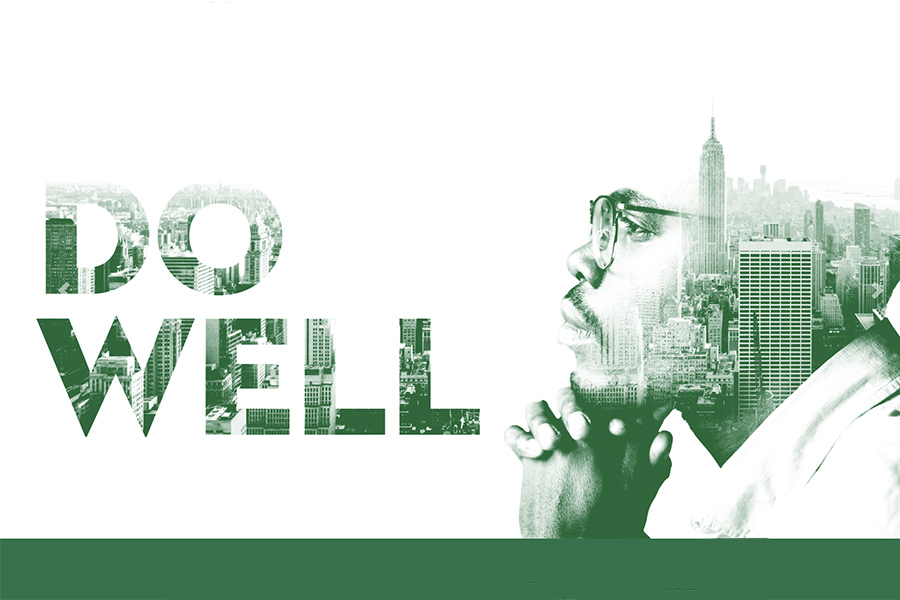“If you want to learn to sail, you need to go into high winds,” says John Replogle, a partner at One Better Ventures. “Equally, If you want to lead, go into a crisis.” Replogle has learned much about leadership from the current crisis. Here, he shares some of the critical qualities a leader must consider.
During the Vietnam War, Air Force researchers sought to determine what separated outstanding pilots from the field. Through eye motion tracking, they concluded that the top guns moved through the decision-making cycle, what they coined the OODA loop (Observe, Orient, Decide, Act) with alacrity.
In early March, the world changed so abruptly; it challenged leaders’ ability to demonstrate their OODA loop skills. The crisis delivered a decision point that few were prepared for. Leaders across the spectrum were forced to assess their business model and redefine their approach to leadership rapidly. The old playbook was not going to work, and a new playbook needed to be rewritten quickly.
Fortunately, for leaders of purpose-driven companies, this was a much smoother transition. During the “great recession,” purpose-led companies, or B Corps, accelerated through the challenge and were 65% more successful than non-purpose led companies. How did they do it? My partners at One Better Ventures believe that the essential ingredients centered around four P’s: People; Purpose; Pivot; Profit. These tenets are even more applicable today, and, like the OODA loop, they should be pursued in this order.
People
With the pandemic, employees became highly concerned as both their home and business environment was disrupted. Challenging new questions arose — Would I still have a job? How will I work remotely? How will I home school my children? Am I safe? CEOs who recognized this need from their employees, who tuned in, and who provided trust and reassurance during these first weeks, excelled. Listening, flexing to meet the needs of the individual, understanding the unique demands on working parents, forging strong personal connections, and building a new routine were a few of the employee-first responses that trusted leaders embraced.
Lean-in leaders think of people as valuable assets on the balance sheet rather than a cost on the P&L. They seek not to cut, furlough, or minimize cost; instead, they lead by protecting, engaging, and embracing their most valued asset – their people. The corresponding response is trust, engagement, commitment, and loyalty. Besides, the strongest leaders realize that they, too, are an essential part of the workforce and practice self-care through sleep, diet, exercise, faith, and love. Leaders must put on their oxygen mask first, and be fit and ready to lead for the long-haul.
Purpose
After caring for their people, a leader needs to care for the company by creating a powerful alignment in a tumultuous market. Purpose is the most powerful force within any business and provides a north star in times of uncertainty. Purpose guides all decision-making and aligns and connects all employees in a time when connection is challenged. One CEO described purpose as “the invisible force that guides our business 24/7”. Purpose-driven leaders embrace this power to summons the better spirits in their company, creating a collective ethos that overrides challenges and keeps the company steady in heavy winds. They lean heavily on the mission, vision, and values of their company to create an esprit de corps and an owners’ mindset.
Pivot
With people cared for and the purpose flag hoisted, the organization is now effectively more resilient and agile to weather a crisis. It’s now ready to pivot.
The root word in Greek for crisis is decision point; strong leaders embrace decision points to pivot their organization to the new context. Visionary leaders ask: “what is the unmet need” and move their organization to leverage their unique capabilities to meet that need.
In this pandemic, numerous companies have done just that, viewing necessity as the mother of invention. Murphy’s Naturals, a maker of bug repellent, realized it faced a crisis with 80% of its retail business closed going into peak season. The CEO, Philip Freeman, understood that his team was uniquely qualified to make natural personal care products and easily converted his mosquito repellent manufacturing to the production of hand sanitizer. The company delivered the first 5,000 cases to the Navy and had more demand than it could supply. The company is thriving.
Leesa Sleep, a mattress company where I am CEO, and in which One Better Ventures owns a significant stake, similarly suffered the loss of retail sales. However, their President identified that there was a need for over 250,000 emergency hospital beds. Within ten days, the team had designed a turnkey hospital bed kit and delivered over 4,000 beds to hospitals in need. In every great challenge, there is an equally great opportunity. Wise leaders guided by purpose, lean into the challenge with courage, and view it as a chance to learn, innovate, and recreate. In the process, they develop new competencies and grow as a learning organization.
Profit
Once a leader has navigated through the response to the crisis, focusing on people, purpose, and pivot, they can begin plotting a course to a longer-term vision. They must continue to embrace the duality of conserving cash while investing for the future. This gentle balance between investment and securing the bottom line while building a stronger future is the final hallmark of a crisis leader. Too many leaders focus too early and with too much energy on protecting profitability.
When profits are put first, as a Harvard Business School study shows, organizations are more likely to perish. One must first secure the team, reassert the purpose, and pivot the organization before focusing on sustainable profitability. The great leaders through this crisis care for their team, communicate openly and transparently, call on higher spirit and purpose, shift the framing to meet unmet needs, and reinforce that this is a journey and not just an event. In short, they master the new OODA loop focused on the 4Ps.




































